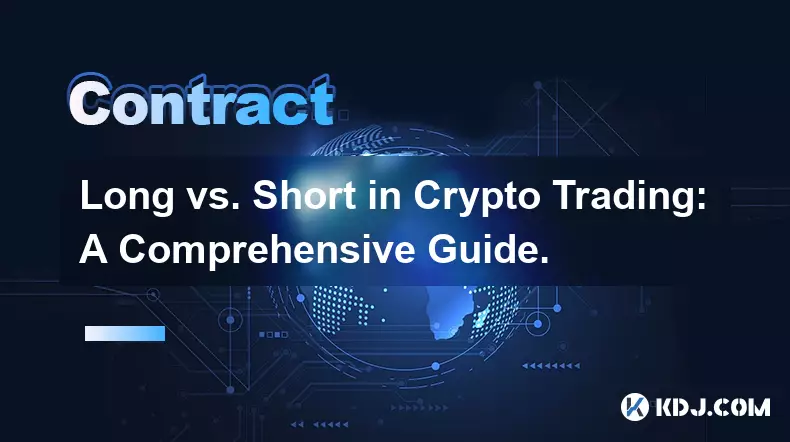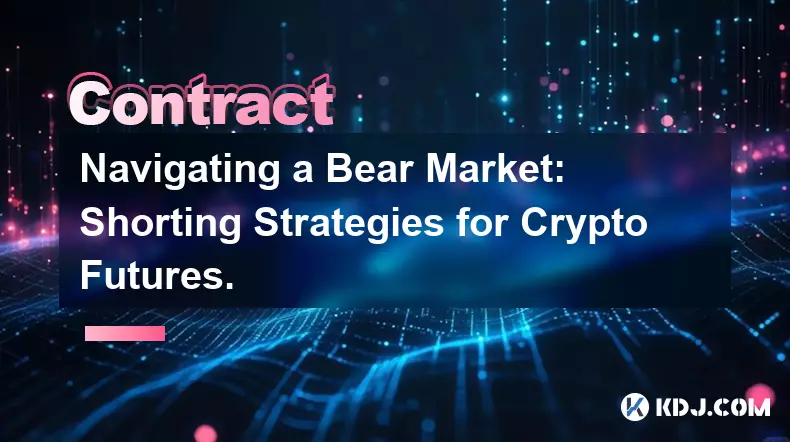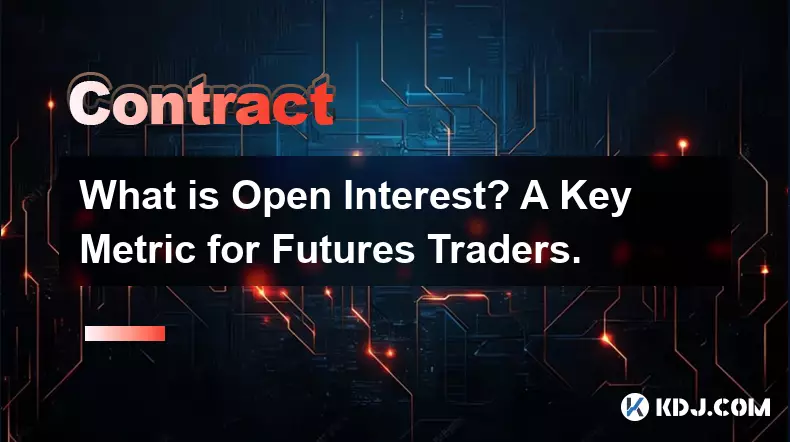-
 bitcoin
bitcoin $107015.826941 USD
-2.18% -
 ethereum
ethereum $3637.352324 USD
-5.18% -
 tether
tether $0.999831 USD
-0.02% -
 xrp
xrp $2.338078 USD
-6.23% -
 bnb
bnb $998.272150 USD
-6.97% -
 solana
solana $167.598257 USD
-10.12% -
 usd-coin
usd-coin $0.999863 USD
0.01% -
 tron
tron $0.282573 USD
-5.09% -
 dogecoin
dogecoin $0.169891 USD
-7.39% -
 cardano
cardano $0.557554 USD
-7.03% -
 hyperliquid
hyperliquid $39.914802 USD
-5.85% -
 chainlink
chainlink $15.414549 USD
-9.97% -
 bitcoin-cash
bitcoin-cash $510.361911 USD
-4.26% -
 ethena-usde
ethena-usde $0.999194 USD
-0.03% -
 stellar
stellar $0.282092 USD
-6.07%
How is the funding rate calculated for Dogecoin futures?
The Dogecoin funding rate aligns futures and spot prices by transferring payments between longs and shorts every eight hours, influenced by market sentiment and price disparity.
Oct 06, 2025 at 05:18 pm

Funding Rate Mechanics in Dogecoin Futures
1. The funding rate in Dogecoin futures is a periodic payment exchanged between long and short traders to anchor the futures price to the underlying spot price. This mechanism prevents prolonged divergence between the two markets.
2. It is calculated using a combination of the interest rate component and the premium index. While the interest rate part is typically negligible for cryptocurrencies, the premium index plays a dominant role, reflecting the difference between the perpetual contract price and the spot price of Dogecoin.
3. Exchanges use a formula that incorporates the time-weighted average premium over a specific interval, often eight hours. This value is then factored into the final funding rate applied to open positions.
4. Funding payments occur at fixed intervals—commonly every eight hours—and are only levied on traders holding positions at those moments. Traders who close before the funding timestamp do not participate in the transfer.
Role of Market Sentiment and Price Disparity
1. When the Dogecoin futures price trades significantly above the spot price, the funding rate turns positive. In this scenario, long position holders pay shorts, discouraging excessive bullish leverage and restoring equilibrium.
2. Conversely, if the futures price falls below the spot value, the funding rate becomes negative. Shorts then pay longs, which incentivizes buying pressure and helps realign the derivative with the actual market.
3. High volatility in Dogecoin’s price amplifies these deviations, leading to larger funding rates. Sudden spikes or drops can trigger cascading liquidations, further influencing the premium index.
4. Market sentiment heavily influences the direction and magnitude of the funding rate. During bullish rallies driven by social media hype, elevated long dominance inflates the futures premium, pushing funding into positive territory.
Exchange-Specific Calculation Models
1. Major platforms like Binance, Bybit, and OKX each implement slight variations in their funding rate algorithms. Despite differences, they all rely on the core principle of convergence between futures and spot prices.
2. Some exchanges cap the maximum funding rate to protect traders from extreme costs during volatile periods. These caps prevent situations where funding exceeds the profit potential of a trade.
Certain platforms also adjust the calculation frequency or the reference price sources to enhance accuracy and reduce manipulation risks.3. The choice of spot price index matters—exchanges aggregate data from multiple spot markets to generate a fair price, minimizing the impact of outliers or low-volume trading pairs.
Impact on Trading Strategies and Position Management
1. Traders must account for funding costs when holding leveraged positions over extended periods. A consistently high positive funding rate can erode profits even if the price moves favorably.
2. Arbitrageurs exploit funding rate disparities by simultaneously holding opposite positions in spot and futures markets. For example, selling Dogecoin futures with high positive funding while buying spot allows them to collect regular payments.
Sophisticated traders monitor funding trends to anticipate market reversals—persistently high funding often precedes corrections as leveraged longs become vulnerable to liquidation.3. Automated trading bots integrate funding rate data into their decision engines, opening or closing positions based on real-time shifts in the rate to optimize cost efficiency.
Common Questions
What causes sudden spikes in Dogecoin’s funding rate?Sudden spikes typically result from sharp price movements combined with imbalanced order books. If a large number of long positions are opened rapidly, the futures price surges above spot levels, increasing the premium index and triggering higher funding rates.
Can the funding rate be manipulated?While theoretically possible, manipulation is limited due to the use of time-weighted averages and multi-source price feeds. Exchanges also employ anti-gaming measures to prevent traders from distorting the index near funding timestamps.
How often is the Dogecoin funding rate updated?The rate is recalculated continuously, but actual payments are processed at fixed intervals—most commonly every eight hours. Updates to the displayed rate occur in real time based on the evolving premium and interest components.
Do all Dogecoin futures contracts have funding rates?No. Only perpetual futures contracts feature funding rates. Traditional quarterly or bi-weekly futures settle at expiration and do not require periodic balancing payments between counterparties.
Disclaimer:info@kdj.com
The information provided is not trading advice. kdj.com does not assume any responsibility for any investments made based on the information provided in this article. Cryptocurrencies are highly volatile and it is highly recommended that you invest with caution after thorough research!
If you believe that the content used on this website infringes your copyright, please contact us immediately (info@kdj.com) and we will delete it promptly.
- XRP, BlockDAG, and Presales: Decoding the Hottest Crypto Trends
- 2025-11-04 22:50:12
- Nature's Miracle, Super Point, and Stablecoin: A New Era for Loyalty Rewards?
- 2025-11-04 22:40:02
- ADA Slowdown, Maxi Doge, and the Meme Coin Mania: What's the Hype?
- 2025-11-04 20:50:12
- Ethereum, Crypto, and the $1 Target: A New Era?
- 2025-11-04 21:00:12
- Zone Nine: Nihilation - A Deep Dive into the Zombie Survival Closed Playtest
- 2025-11-04 21:10:12
- Trust Wallet VIP Program: TWT Powers a New Era of User Loyalty
- 2025-11-04 21:05:01
Related knowledge

Long vs. Short in Crypto Trading: A Comprehensive Guide.
Nov 04,2025 at 07:39pm
Understanding Long and Short Positions in Cryptocurrency Markets1. In crypto trading, taking a long position means buying a cryptocurrency with the ex...

The 2025 Guide to Profitable Crypto Futures and Derivatives Trading.
Nov 01,2025 at 07:39pm
Understanding Crypto Futures and Derivatives in 20251. Crypto futures are financial contracts obligating the buyer to purchase, or the seller to sell,...

Navigating a Bear Market: Shorting Strategies for Crypto Futures.
Nov 03,2025 at 07:18pm
Understanding Bear Market Dynamics in Crypto1. A bear market in the cryptocurrency space is characterized by prolonged price declines, often driven by...

What is Open Interest? A Key Metric for Futures Traders.
Nov 03,2025 at 11:18pm
Understanding Open Interest in Cryptocurrency Futures1. Open interest refers to the total number of active futures contracts that have not been settle...

How to Trade Crypto Futures on Bybit: A Complete Walkthrough.
Nov 04,2025 at 10:50pm
Setting Up Your Bybit Account for Futures Trading1. Visit the official Bybit website and click on the 'Sign Up' button to create a new account. Provid...

Identifying Support and Resistance Levels for Crypto Contract Trading.
Nov 04,2025 at 06:15pm
Understanding Support and Resistance in Crypto Markets1. Support and resistance levels are foundational concepts in technical analysis, especially wit...

Long vs. Short in Crypto Trading: A Comprehensive Guide.
Nov 04,2025 at 07:39pm
Understanding Long and Short Positions in Cryptocurrency Markets1. In crypto trading, taking a long position means buying a cryptocurrency with the ex...

The 2025 Guide to Profitable Crypto Futures and Derivatives Trading.
Nov 01,2025 at 07:39pm
Understanding Crypto Futures and Derivatives in 20251. Crypto futures are financial contracts obligating the buyer to purchase, or the seller to sell,...

Navigating a Bear Market: Shorting Strategies for Crypto Futures.
Nov 03,2025 at 07:18pm
Understanding Bear Market Dynamics in Crypto1. A bear market in the cryptocurrency space is characterized by prolonged price declines, often driven by...

What is Open Interest? A Key Metric for Futures Traders.
Nov 03,2025 at 11:18pm
Understanding Open Interest in Cryptocurrency Futures1. Open interest refers to the total number of active futures contracts that have not been settle...

How to Trade Crypto Futures on Bybit: A Complete Walkthrough.
Nov 04,2025 at 10:50pm
Setting Up Your Bybit Account for Futures Trading1. Visit the official Bybit website and click on the 'Sign Up' button to create a new account. Provid...

Identifying Support and Resistance Levels for Crypto Contract Trading.
Nov 04,2025 at 06:15pm
Understanding Support and Resistance in Crypto Markets1. Support and resistance levels are foundational concepts in technical analysis, especially wit...
See all articles










































































